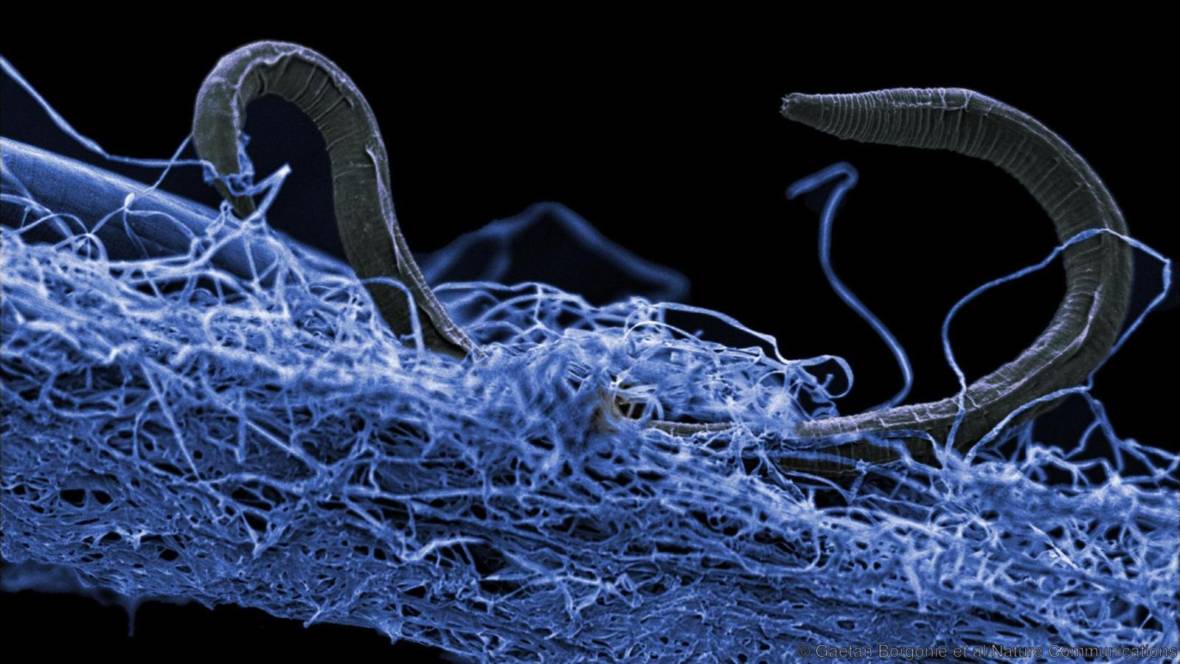There’s life on Earth, and there’s life in Earth. And the latter, overlooked for so long, is coming into focus as a wild menagerie of strange, diverse organisms.
We’ve known for some time that life can thrive even under the surface of the planet, within the very crust beneath the ocean floor.
Today a group of international scientists from the Deep Carbon Observatory reports at the American Geophysical Union’s annual meeting on nearly 10 years of discovering such organisms. The life they found beneath the planet’s surface expands our notions of its limits and opens up new terrain in the search off the Earth, for extraterrestrial life.
What Kind of Life We Talking About Here?
The deep biosphere — sometimes termed a “subterranean Galapagos” — is dominated by microbial life, organisms that derive their energy from rocks. Even though two types of microbes, bacteria and archaea, are the main discoveries, other types of life, including multicellular animals, have been found as well. Genetically, life below the surface is as or even more diverse than what’s above.
Where Are These Things?
All over the globe researchers are finding life by boring holes into the crust, examining deep mines or studying cracks in the Earth.
“Nature brings the samples to us through volcanic fluids leaking out of the sea floor,” says Julie Huber, a Woods Hole Oceanographic Institution microbiologist specializing in the study of life around underwater volcanoes. “Almost a mile beneath the surface of the ocean we were able to witness deep-sea lava eruptions — molten lava bombs going off. Yet right nearby the erupting pit, there were lush microbial mats and they were shrimp eating.”
Huber used an underwater vehicle to sample the water just above the lava plumes, water that is hellaciously hot and has a pH of around 1, the same as battery acid. Still, she could detect microbial life in the water above the plume.







